Introduction to Water Tank Trailer Heating Solutions
In the expansive world of logistics and transportation, the integrity of water supplies is paramount, particularly when dealing with temperature-sensitive materials. Efficiently maintaining optimal water temperatures throughout the journey requires innovative solutions. One such solution is the use of heat pads, especially designed for water tank trailers. This article elucidates various recommended heat pads, their benefits, installation strategies, and considerations for users in the transportation industry.
Understanding the Significance of Heat Pads
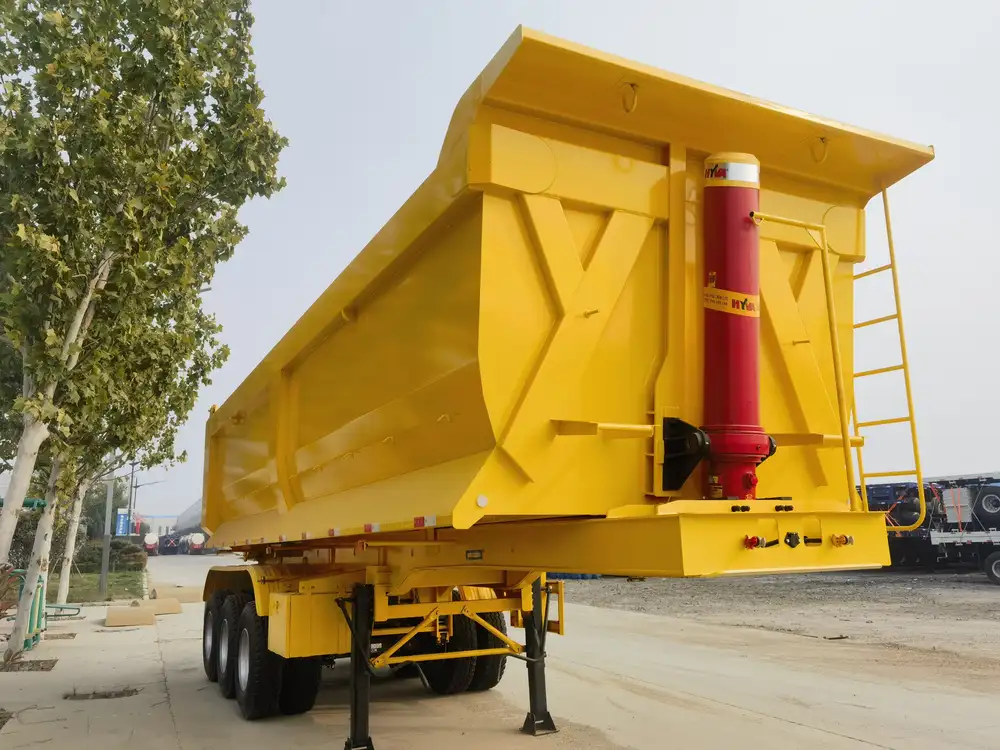
Why Use Heat Pads in Water Tank Trailers?
Water tank trailers are invaluable for transporting liquids, especially in colder climates. Exposure to low temperatures can lead to freezing, causing water delivery disruptions and potential damage to the trailer and its contents. Heat pads offer an effective remedy by providing continuous warmth, thus preventing freezing and ensuring that water remains unfrozen and usable.
Key Benefits of Heat Pads:
- Temperature Control: Consistent heating prevents freezing, safeguarding water quality.
- Reduced Maintenance Costs: Lower risk of damage associated with freezing minimizes repair expenses.
- Operational Efficiency: Ensures uninterrupted delivery, enhancing service reliability.
Selecting the Right Heat Pad
The selection process for the optimal heat pad involves several factors, including energy source, heating capacity, size, material composition, and installation method. Let’s explore these aspects in detail.
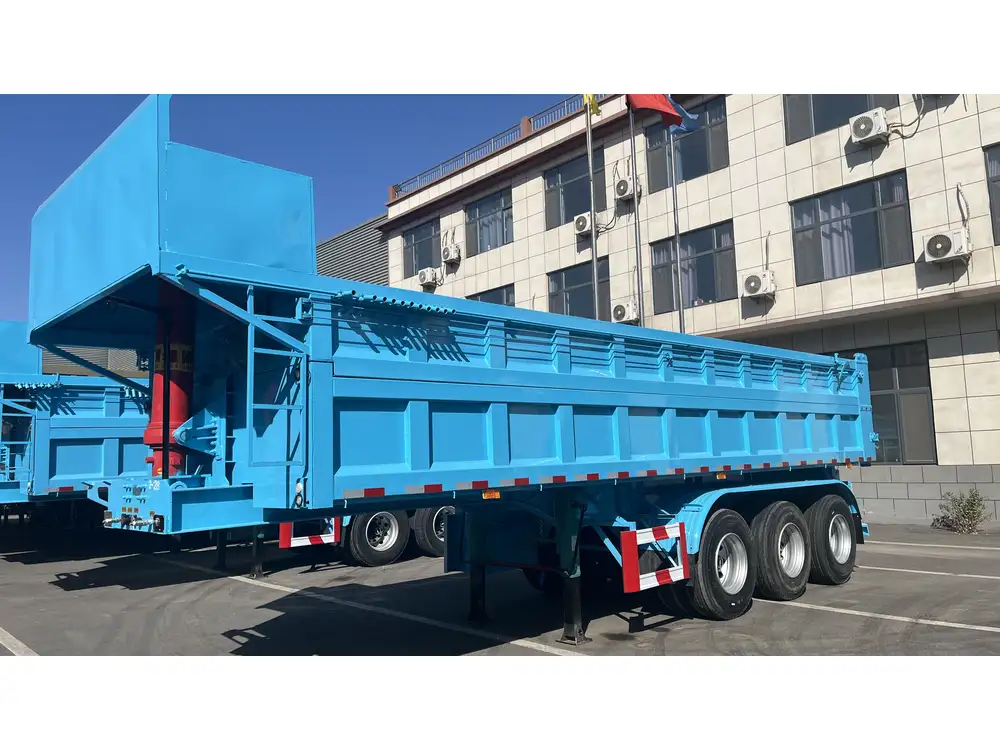
Factors to Consider When Choosing Heat Pads
1. Energy Source
Heat pads are available in various energy configurations, including:
| Energy Source | Description | Pros | Cons |
|---|---|---|---|
| Electric Heat Pads | Utilizes electrical power to generate heat. | Easy to install and use. | Requires power source; may incur higher energy costs. |
| Hydronic Heat Pads | Operates through hot water circulation. | Efficient and effective heat distribution. | More complex installation; requires plumbing. |
| Gas-Fired Heat Pads | Utilizes propane or natural gas for heating. | High heating output; suitable for larger tanks. | Requires gas supply and compliance with regulations. |
Choosing the right energy source is crucial for efficiency and operational needs.
2. Heating Capacity
Heating capacity is measured in watts or BTUs. It should match the specific heating needs of your water tank. Factors influencing required capacity include:
- Ambient temperature: Lower temperatures require higher output.
- Water tank size: Larger tanks need more power to maintain temperature.
- Insulation quality: Well-insulated tanks require less energy.
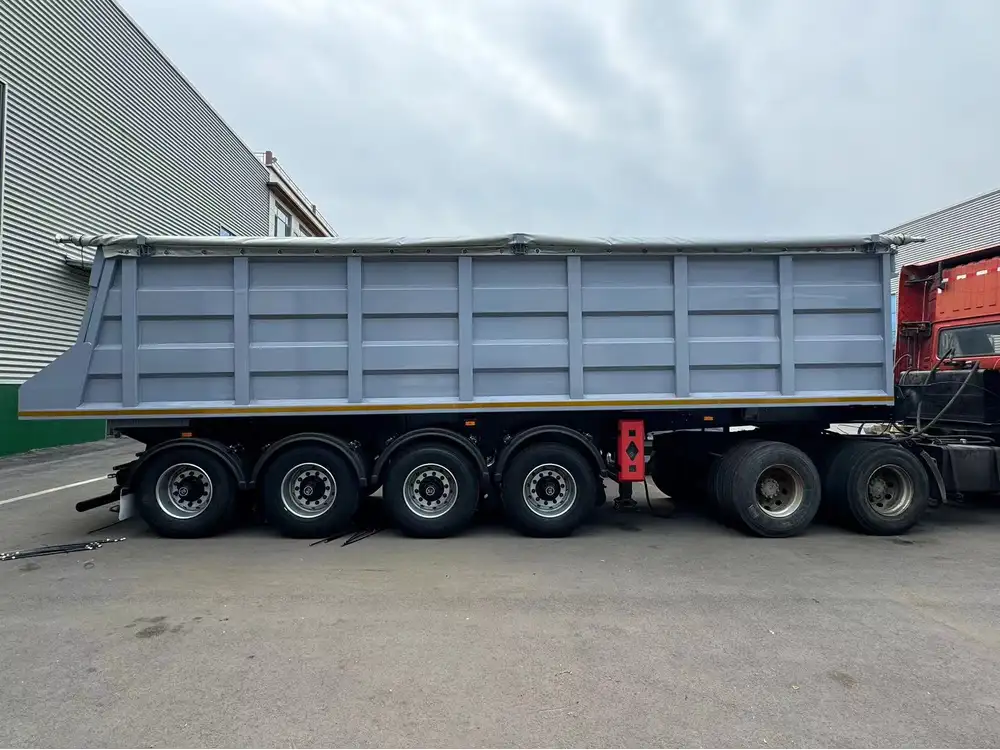
3. Size and Coverage
Selecting the appropriate size involves considering the dimensions of your water tank. Heat pads should cover sufficient surface area to ensure uniform heat distribution. For instance:
- Small tanks (50-100 gallons): A medium-sized pad (50-100 watts) should suffice.
- Medium tanks (100-500 gallons): Larger pads or multiple smaller pads may be necessary.
- Large tanks (500+ gallons): High-capacity heat pads or combined systems can be used.
4. Material Composition
The longevity and efficiency of heat pads can significantly depend on their construction materials:
- Silicone: Flexible and durable, ideal for uneven tank surfaces.
- Foam: Provides insulation along with heating properties.
- Fiberglass: Resistant to wear and tear, ensuring longevity.
5. Installation Method
Installation methods vary based on pad type. Key considerations include:
- Peel-and-stick: Quick, convenient installation for smooth surfaces.
- Velcro straps: Allows for adjustability, particularly useful for seasonal use.
- Hardwired: Permanently installed for continuous use, commonly found in larger applications.

6. Weather Resistance
Given that water tank trailers may face harsh environmental conditions, selecting weather-resistant heat pads is essential for longevity. Look for pads rated for outdoor use, with waterproof and UV-resistant characteristics.
Top Recommended Heat Pads for Water Tank Trailers
1. Thermo-Tec Heat Pad

Features:
- Energy Source: Electric
- Wattage: Available in multiple wattages (up to 300W)
- Material: Durable silicone
- Water Resistance: Yes
- Installation: Peel-and-stick method
Benefits:
Ideal for various tank sizes, the Thermo-Tec Heat Pad provides versatility with adjustable wattage options. Its adhesive backing ensures a reliable installation, while the silicone material allows for easy maintenance and flexibility.
2. FlexiHeat Electric Pad

Features:
- Energy Source: Electric
- Wattage: Options range between 75W and 200W
- Material: Polyurethane cover
- Water Resistance: Yes
- Installation: Velcro installation
Benefits:
The FlexiHeat Electric Pad is versatile and covers significant tank areas. Its polyurethane covering ensures durability against the elements, making it a wise choice for outdoor use in various environments.
3. Warmy Gas Pad

Features:
- Energy Source: Propane
- Wattage: High heating output (varies based on tank size)
- Material: Fiberglass
- Water Resistance: Yes
- Installation: Hardwired
Benefits:
Specifically designed for larger tanks, the Warmy Gas Pad is robust and offers high-output heating suitable for long hauls. The fiberglass material ensures resistance to wear, while the installation method makes it an effective long-term solution for heavy-duty use.
Installation Tips for Optimal Performance
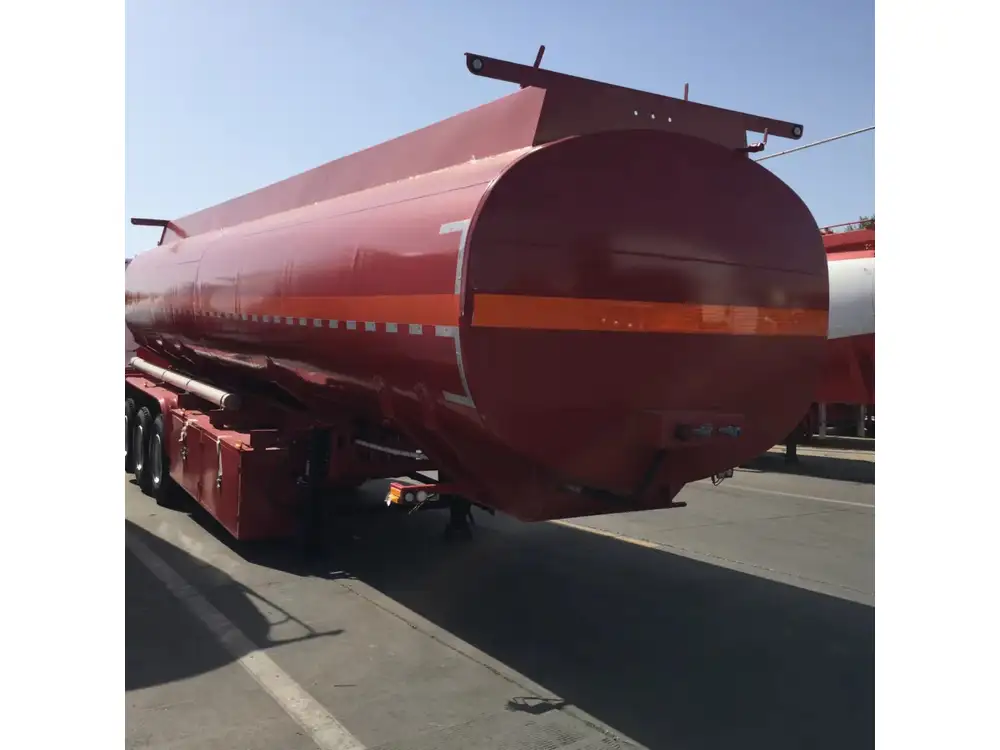
Step 1: Prepare the Tank Surface
Ensuring the surface is clean and dry is vital to the adhesion of peel-and-stick pads. For other installation types, ensure compatibility and spacing for effective heat distribution.
Step 2: Align the Heat Pad
Position the heat pad ensuring even distribution across the tank. Pay attention to corners and edges to prevent thermal loss.
Step 3: Secure the Pad
Follow the manufacturer’s instructions for fixing the pad in place. For peel-and-stick, apply firm pressure; for Velcro, ensure it’s taut; and for hardwired, consult a professional if necessary.
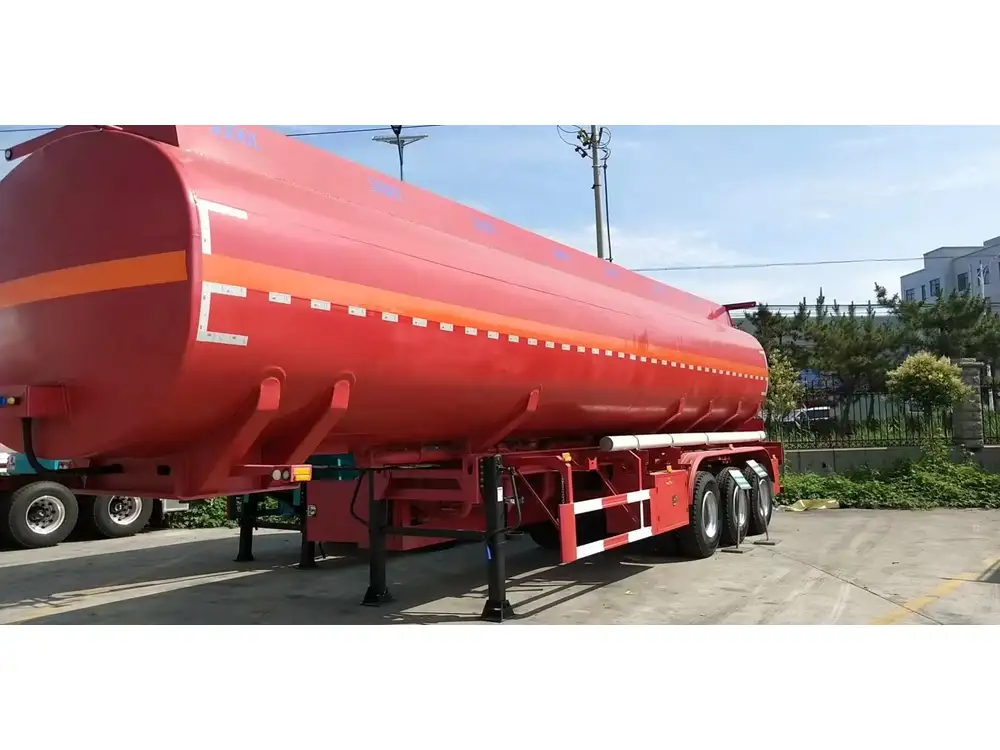
Step 4: Connect Power Source
Ensure all electrical connections are safe and comply with local regulations. For gas-fired pads, ensure all safety protocols are followed to prevent leaks.
Maintenance Recommendations for Longevity
- Regular Inspections: Routinely check heat pads for signs of wear and tear, ensuring timely replacements.
- Cleaning: Wipe pads with a damp cloth to remove any debris. Avoid using harsh chemicals that could degrade materials.
- Monitor Performance: Keep an eye on water temperatures during operation and recalibrate heat settings as required.
Addressing Common Issues and Questions

How Can I Tell if My Heat Pad Is Working Efficiently?
Signs of improper functionality include:
- Inconsistent water temperatures: Sudden drops or fluctuations may indicate malfunction.
- Visible damage or wear: Cracks, tears, or discoloration on the pad suggest it may need replacement.
What Should I Do if My Heat Pad Is Not Heating?
If heating is insufficient:
- Verify all electrical connections and power supply.
- Ensure proper installation and adherence to the tank.
- Contact the manufacturer for warranty or maintenance inquiries.
Are There Regulations Governing the Use of Heat Pads in Commercial Transport?
Yes, regulations vary by jurisdiction, particularly concerning safety standards for electrical and gas-powered systems. Always check local codes and comply with applicable transport regulations to ensure safe operations.
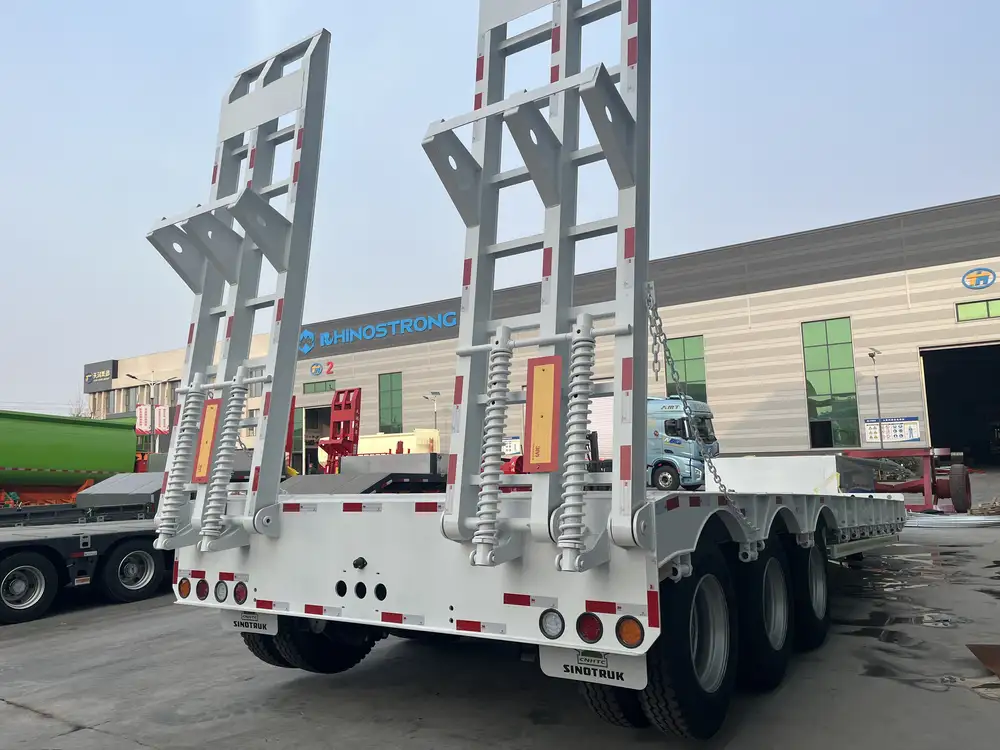
Conclusion
Selecting and utilizing the right heat pads for water tank trailers is crucial to maintaining water temperature integrity and operational efficiency. By understanding the various factors influencing heat pad selection, installation techniques, and maintenance practices, you can enhance the performance and reliability of your water transport solutions. As the logistics industry continues to evolve, investing in quality heating solutions will keep your operations running smoothly, ensuring that businesses can meet the demands of their clients effectively, regardless of weather conditions.



